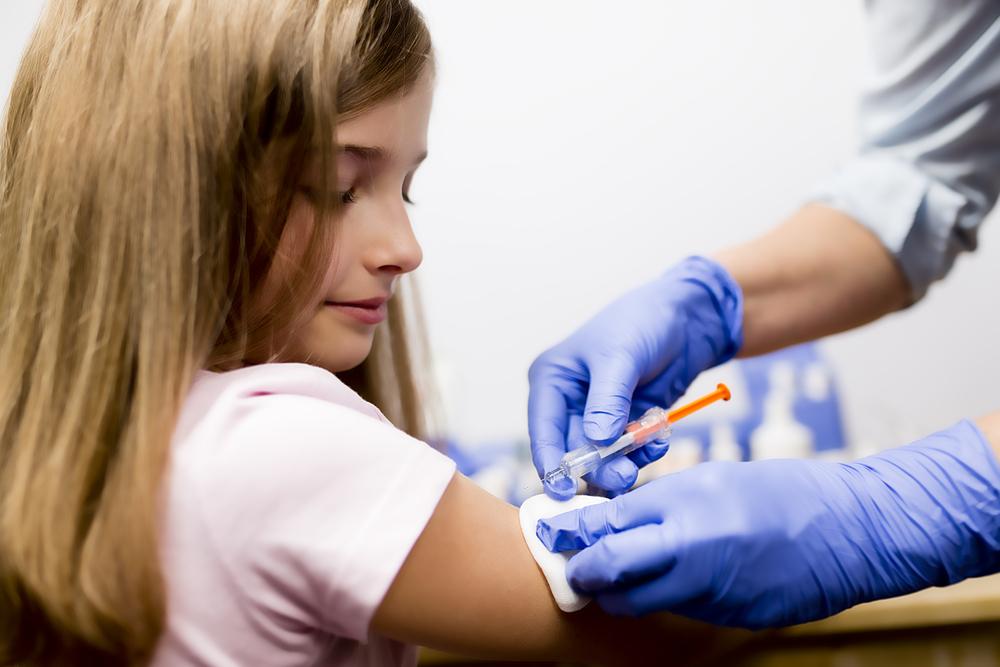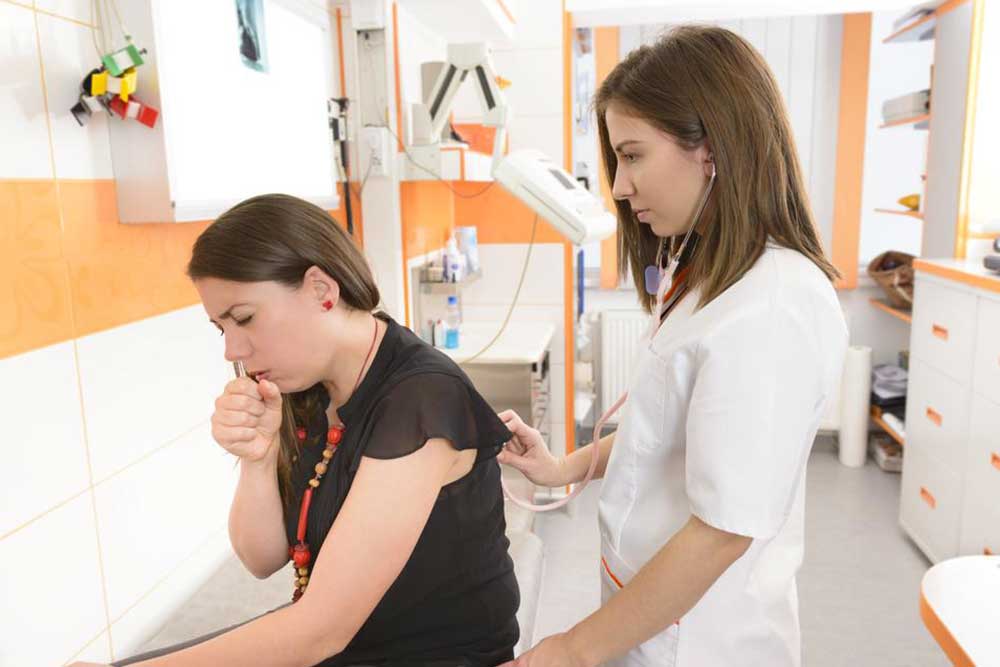Comprehensive Guide to Immunization: Understanding Vaccination Benefits and Essential Facts
This comprehensive article explores the vital importance of immunization and vaccines in disease prevention. It details vaccine components, their effectiveness against serious illnesses, and vaccination schedules tailored to various age groups, emphasizing the role of vaccines in safeguarding individual and public health. Learn how vaccines have transformed global health and why maintaining immunization programs is essential for a healthier future.

A Complete Overview of Immunization and Its Vital Role in Public Health
Immunization remains one of the most effective strategies in preventing serious infectious diseases around the world. It plays a crucial role not only in protecting individuals but also in establishing community herd immunity, which reduces disease transmission and eventually leads to eradication of targeted illnesses. Vaccination programs have significantly transformed public health, enabling us to control, eliminate, or eradicate diseases that once caused widespread suffering and death. The significance of immunizations is particularly high during early childhood, a period when the immune system is still developing and vulnerability to infections is at its peak.
With advancements in vaccine science, we now have access to highly effective vaccines that bolster the immune system by introducing specific components that activate immune responses. These vaccines help the body recognize and fight pathogens more efficiently if exposed later, reducing the incidence and severity of the disease. Overall, immunization is a cornerstone of preventive medicine, promoting healthier lives and communities.
Vaccines incorporate several carefully selected components designed to induce and enhance immunity, including:
Antigens: These are small doses of weakened or inactivated germs—such as bacteria or viruses—that closely resemble pathogenic organisms but are incapable of causing disease. They serve as the primary stimulus for your immune system to develop defenses.
Adjuvants: Substances like aluminum salts (Alum) that are added to vaccines to boost and prolong the immune response, ensuring long-lasting immunity.
Stabilizers: Ingredients such as gelatin or sugars that help preserve the vaccine's effectiveness during storage and transportation by maintaining stability over time.
Preservatives: Agents like thimerosal used in multi-dose vials to prevent bacterial or fungal contamination, ensuring safety across samples.
Inactivating Agents: Chemicals such as formaldehyde that deactivate pathogens, rendering them unable to cause infection but still capable of stimulating an immune response.
Antibiotics: Substances that prevent the growth of bacteria within the vaccine, safeguarding its stability and purity.
Culture Media: Nutrient solutions that support the growth and maintenance of antigens, ensuring the vaccine remains potent during manufacturing and storage.
Vaccines are instrumental in defending against numerous dangerous infectious diseases, including:
Chickenpox: A highly contagious disease prevented through the varicella vaccine and combined formulations like MMRV, which also guard against measles, mumps, and rubella. The two-dose regimen offers about 94% protection, significantly reducing disease spread and complications.
Diphtheria: A bacterial infection that has seen a 99.9% reduction due to widespread vaccinations like DTaP, Tdap, DT, and Td. These vaccines also provide protection against whooping cough and tetanus.
Measles: An airborne virus prevented by MMR and MMRV vaccines, reducing illness and complications by up to 99% when vaccination coverage is high.
Rotavirus: An oral vaccine mainly administered to infants to prevent severe diarrhea and dehydration caused by rotavirus, a leading cause of childhood hospitalizations worldwide.
Vaccination schedules are tailored to different age groups to ensure optimal protection throughout life:
Infants up to 6 years old should receive vaccines for diseases such as chickenpox, measles, and whooping cough, typically administered during routine pediatric visits.
Children aged 7–16 years should be vaccinated against meningitis, influenza, and human papillomavirus (HPV), among others, to boost immunity before exposure risk increases.
Expectant mothers who haven't been vaccinated against rubella and hepatitis B should consider vaccination during pregnancy to prevent transmission to their unborn babies, reducing the risk of congenital infections and complications.
Healthcare professionals and individuals handling body fluids or at increased exposure risk are advised to receive vaccines against hepatitis B, influenza, and chickenpox, ensuring their safety and that of their patients.
In conclusion, vaccination remains an invaluable tool for disease prevention, safeguarding health across all life stages. As science advances, new vaccines continue to emerge, promising even broader protection against emerging and re-emerging infectious threats. Ensuring timely vaccination and maintaining high immunization coverage are essential for achieving optimal community health and moving closer to the goal of disease eradication worldwide.





